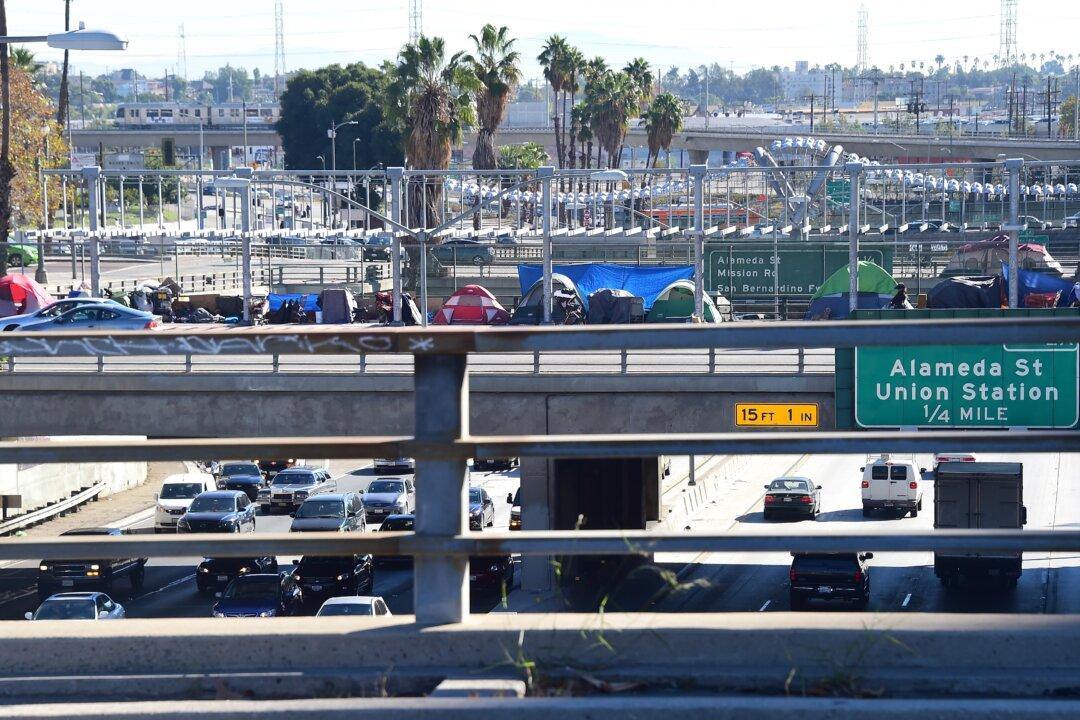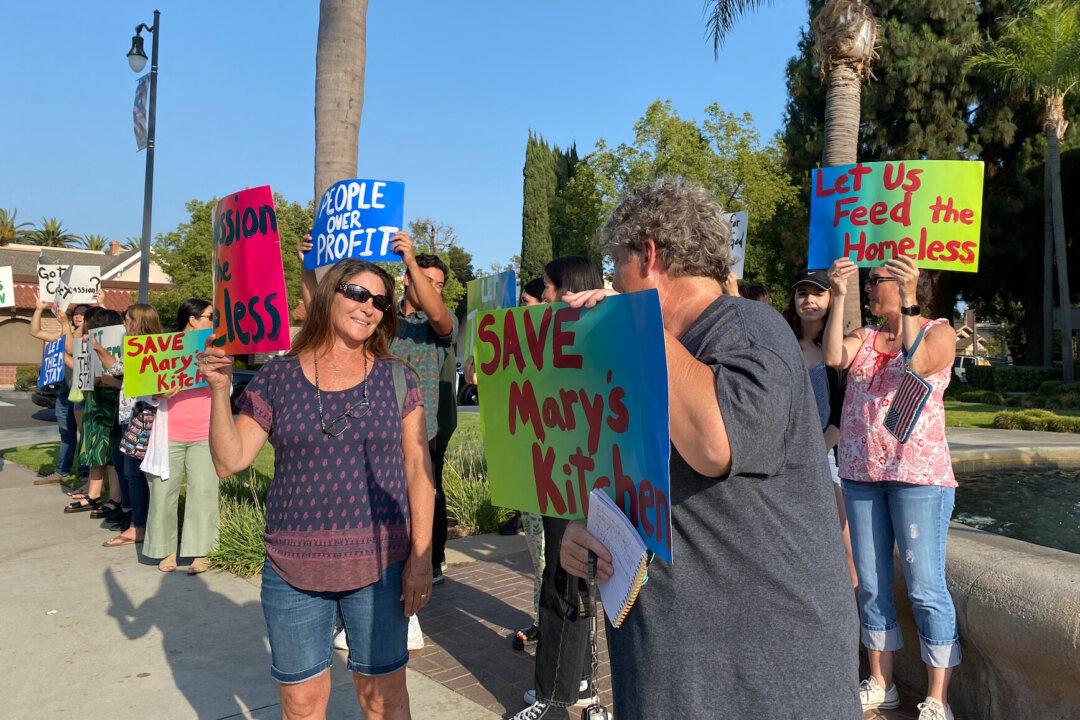The California Department of Transportation, known as Caltrans, is facing a surge of homeless encampments on its properties.
“Encampments on Caltrans property are often next to high-speed traffic areas and freeways that are unsafe locations for people to live,” Caltrans said in a statement to The Epoch Times. “For the safety of the homeless individuals, the motorists and Caltrans workers, the department must strive to keep the State right of way free of encampments.”





